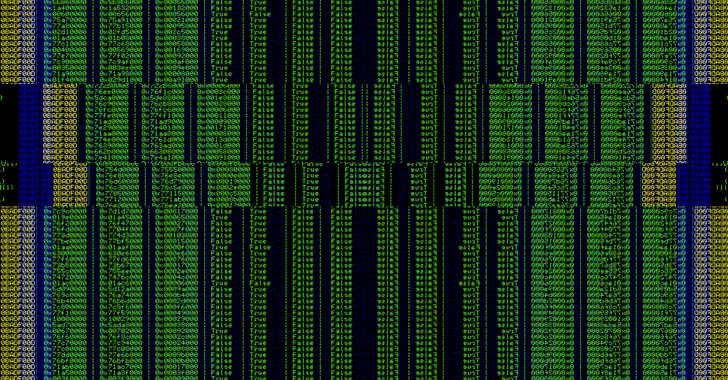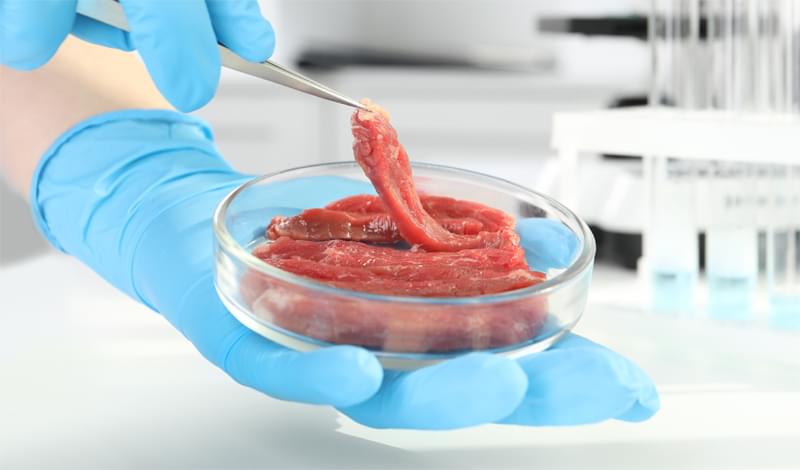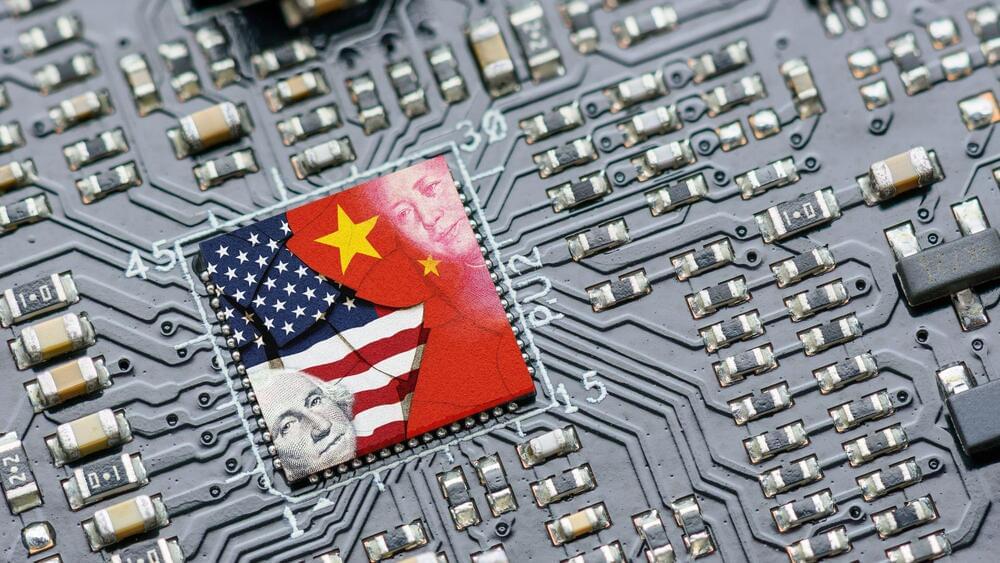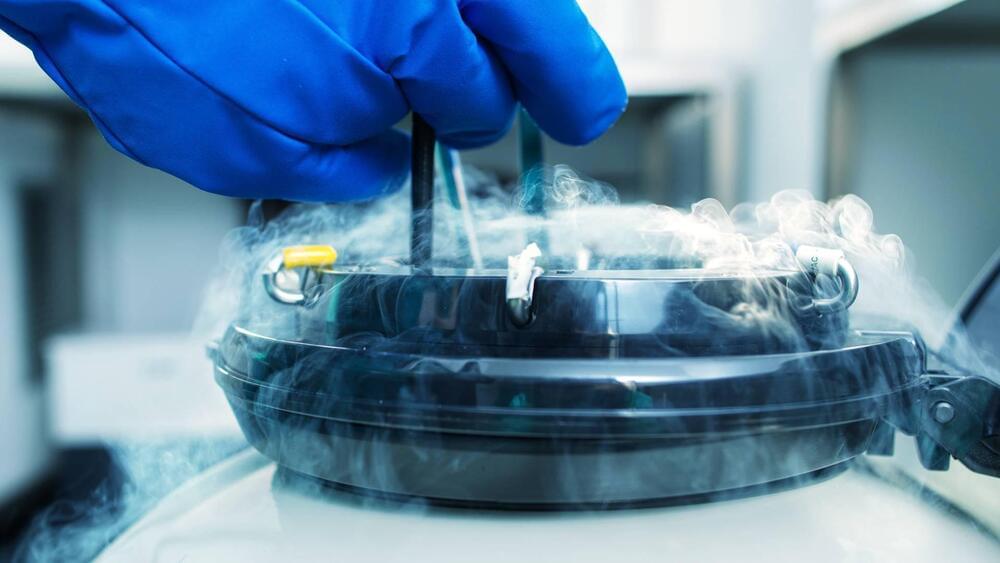A ring-shaped waveguide with a particular pattern of notches can force a light wave to make two round trips before completing an integer number of wave cycles.
Light can travel along a closed path inside a ring of glass or similar material, reflecting repeatedly from the interior surface. Although such closed-loop waves generally have integer values of angular momentum, researchers using a small gear-shaped ring have now demonstrated an ability to generate similar waves with unusual fractional values of angular momentum [1]. As in a Möbius strip, the waves must make two round trips to return to their initial configuration. The ability to tune the angular momentum in this way could give researchers more precise control of light in advanced devices such as single-photon emitters.
Physicists refer to the closed-loop waves as whispering gallery modes, named after an acoustic effect in round rooms, where sounds reflect multiple times off the walls. Ordinarily, a wave of this kind moves around a single closed loop before retracing its earlier path. The phase of the electric field associated with the wave front must go through an integer number M of cycles in making one loop. Technically, this condition also implies that the photons associated with the wave will carry an integer number M units of angular momentum.








